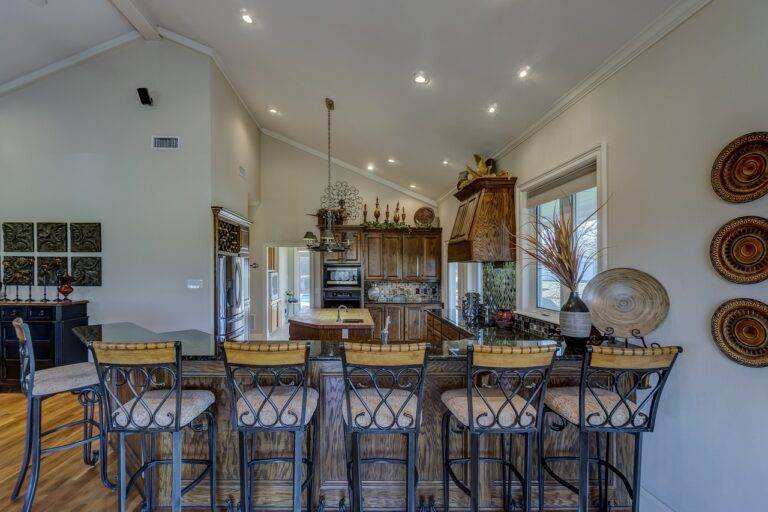The Role of Color in Home Design: Tips and Trends
Color psychology plays a crucial role in shaping the atmosphere and mood of a space, making it a powerful tool in home design. Different colors evoke various emotions and can greatly influence one’s perception of a room. Warm tones like red and orange are known to create a sense of energy and intimacy, making them ideal for spaces like dining rooms or living rooms where social interactions occur.
On the other hand, cool shades such as blue and green are often used in bedrooms and bathrooms due to their calming and relaxing properties. These colors can help promote a sense of tranquility and serenity, making them perfect for spaces dedicated to rest and relaxation. By understanding the impact of color psychology, homeowners can effectively create environments that not only look visually appealing but also cater to the emotional needs of those who inhabit them.
Choosing the Right Color Palette for Different Rooms
When deciding on a color palette for different rooms in your home, it’s essential to consider the purpose of each space and your personal preferences. For areas meant for relaxation, such as the bedroom or living room, opting for calming shades like soft blues, gentle greens, or soothing neutrals can create a serene atmosphere conducive to unwinding after a long day. On the other hand, vibrant hues like reds, oranges, or yellows can inject energy and vitality into spaces like the kitchen or home office, stimulating creativity and productivity.
In addition to considering the function of each room, it’s crucial to take into account the natural lighting conditions and size of the space. Rooms with ample natural light can handle darker or more saturated colors well, while smaller rooms may benefit from lighter shades to create a sense of airiness and expansiveness. By carefully selecting a color palette tailored to each room’s unique characteristics, you can transform your living spaces into harmonious and visually pleasing environments that cater to both your needs and aesthetic preferences.
How does color psychology play a role in home design?
Color psychology is the study of how colors can affect human emotions and behavior. In home design, different colors can create different moods and atmospheres in a room.
How can I choose the right color palette for my living room?
When choosing a color palette for your living room, consider the size of the room, the amount of natural light it receives, and the mood you want to create. Warm colors like red or yellow can create a cozy and inviting atmosphere, while cool colors like blue or green can create a sense of calm and relaxation.
What colors work best in a bedroom?
In a bedroom, it’s important to choose colors that promote relaxation and restful sleep. Soft, soothing colors like light blue, lavender, or pale green are often recommended for bedrooms.
Are there any colors I should avoid in certain rooms?
While personal preference plays a big role in choosing colors for your home, it’s generally recommended to avoid bright, bold colors in rooms where you want to promote relaxation, like bedrooms or bathrooms. It’s also a good idea to consider how certain colors might clash with existing furniture or decor.
How can I test out different color palettes before committing to a paint color?
Many paint companies offer sample sizes of paint that you can use to test out different colors on your walls before committing to a full gallon. You can also try using online tools or apps that let you upload a photo of your room and test out different color schemes digitally.





